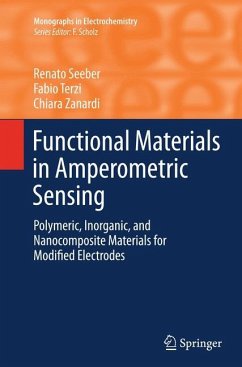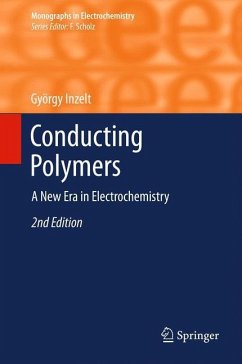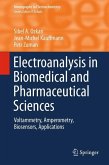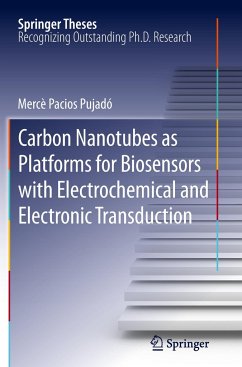Amperometric sensors, biosensors included, particularly rely on suitable electrode materials. Progress in material science has led to a wide variety of options that are available today. For the first time, these novel functional electrode coating materials are reviewed in this monograph, written by and for electroanalytical chemists. This includes intrinsically conducting, redox and ion-exchange polymers, metal and carbon nanostructures, silica based materials. Monolayers and relatively thick films are considered. The authors critically discuss preparation methods, in addition to chemical and physical characteristics of these new materials. They present various examples of emerging applications in electroanalysis. Due to its comprehensive coverage, the book will become an indispensable source for researchers working on the development and even proper use of new amperometric sensor systems.
"The book is of interest for both academia and the application field and is accessible not only to the postgraduate but also to the undergraduate level. People working in electrochemical sensing (and, obviously, in amperometric sensing in particular) will find a concise and systematic view of the materials and strategies of electrode modification. Functional Materials in Amperometric Sensing can be considered as an interesting, well-written text which provides the reader with an up-to-date discussion of such materials." (Antonio Doménech-Carbó, Analytical and Bioanalytical Chemistry, Vol. 40, 2015)








